What makes a Mustang a Mustang? Is it the body design? That the model is Ford's longest-running
nameplate? Arguably, it's the engine, especially in more modern Mustangs. In this article, we'll take a
look at Ford Mustang power plants from original pushrod engines to today's overhead cam versions. Let's
begin with a description of each engine type.
What Is A Pushrod Engine?
What Is An Overhead Cam Engine?
Dual Overhead Cam Engines
The Modular V8 Story
Pushrod vs Overhead Cam Mustang Engines
Highlights Throughout The Mustang Years
Pushrod engine configurations, like those used in Mustang V8s until 1995, are relatively simple compared
to today's offerings. Sometimes referred to as overhead valve (OHV) engines, pushrods use only one
camshaft. Most pushrod engines use a timing chain to connect the crankshaft to the cam. A timing chain's durability often translates into lower maintenance requirements compared to timing
belt-equipped overhead cam (OHC) power plants. The cam in a pushrod is located within the engine
resulting in a lower center of gravity than the cam-on-top design of OHC engines. Simultaneously, OHV
engines also have more moving parts, which means that there's more potential for something to fail. This
more complex configuration adds weight to the valvetrain and limits rpm capability. On OHC engines, the single-cam (SOHC) or dual cams (DOHC) are powered by the crankshaft via a timing belt
or timing chain. Every Mustang made since 1994 (the SN95 Mustang) uses a timing chain for improved
durability, something that's especially important in a performance engine. Timing belts, which require
periodic replacement, can fail and cause a piston to strike an open valve resulting in significant
engine damage. As the name implies, a dual-overhead, our double overhead, cam engine has two cams per head. Inline power
plants will have two cams, and v-configuration engines have four cams. Typically, engines with four or
more valves per cylinder are equipped with dual-overhead cams. An individual camshaft doesn't have
enough lobes to engage all of the valves. Engine designs with dual overhead cams can accommodate more intake and exhaust valves. A greater number
of valves means an increased flow of intake and exhaust gases. This translates into a more powerful
engine. Contrary to what some Mustang enthusiasts think, the "modular" term doesn't refer to how Ford V8s are
built.
Instead, modular describes the engine assembly factory. In launching the 4.6L engine, Ford's first
modular power plant, the company wanted an assembly operation that could rapidly re-tool as production
needs to be changed to minimize factory downtime. Relying on a modular factory approach, re-tooling
could be done in a matter of hours instead of days or weeks. Despite some protests from pushrod purists, the use of modular Mustang V8s makes sense when you consider
engine characteristics that are that not typical or even exist with OHV engines. It's hard to argue with pushrod fans that praise engine simplicity and decades of proven, reliable
performance. OHV engines are compact, provide decent power, and are easy to work on. Even
high-performance Camaros still rely on pushrod engines. As we mentioned, the basic design of OHC engines combined with the latest technology offers an efficient
and powerful engine solution. It can be argued that the higher rev capability of a Mustang modular
engine is better suited to handle extreme power. The pushrod versus overhead cam engine debate will no doubt continue for some time. Ford has used more than 30 different engines in Mustangs since the model first hit the road. Let's
highlight some of the standout Mustangs and their engines. 1965 Mustang: The first V8 Mustang was a pushrod design with a 260 ci displacement rated
at 164 hp and
190 lb-ft of torque. The same engine, with significant modifications, was used in the same year Shelby
Mustang featured an impressive 269 hp and 269 lb-ft of torque. 1970 Mustang Boss 302: The Boss 302 is about as an iconic Mustang as it gets. This 302
ci pushrod Windsor
V8 featured 290 hp and 290 lb-ft of torque. The car could hit 60 mph from a standstill in six seconds
flat; impressive for its day. Interestingly, there was a total of eight engine choices (all OHV) across
the Mustang line-up this year. 1978 Mustang II King Cobra: While many enthusiasts would prefer to forget the
second-generation Mustang
II, the King Cobra was memorable perhaps for the wrong reasons, including an anemic pushrod 302 ci V8
offering 139 hp and 250 lb-ft of torque. The sluggish performance was due more to a two-barrel
carburetor than output numbers. In 1972, U.S automakers switched output ratings from gross measurements
to net power and torque figures. This recalculation makes earlier-year engine comparisons difficult. 1985 Mustang GT 5.0L: The first iconic modern Mustang owes its reputation to the
venerable 302 ci engine
reworked and rebadged with an "HO" (high output) label. Horsepower now reached 210 with torque measuring
at 265 lb-ft. 1996 Mustang GT: 1996 was a breakthrough year for Mustang engines as Ford said goodbye
to the pushrod 5.0
and welcomed the modular 4.6L overhead cam engine. The SOHC engine was rated for 215 hp and 285 lb-ft of
torque. 1996 Mustang SVT Cobra: Seemingly eager to show off the new 4.6L power plant's
capabilities, Ford
reconfigured the engine design into a dual overhead configuration. The DOHC engine in the SVT Cobra
offered a potent 305 hp and 300 lb-ft of torque. 2013 Shelby GT500: Not to ignore the multitude of OHC engines available in the
fifth-generation (S197)
Mustang, but we had to jump to the supercharged Shelby GT500 and its 5.8L V8. The DOHC engine, rated for
662 hp and 631 lb-ft of torque, and its 7,000 rpm redline clearly demonstrate that an overhead cam
configure can handle hi-rev punishment. 2021 Mustang Mach 1: While perhaps not yet an iconic Mustang, the 2021 Mach 1 brings
back a storied name
and offers less insane performance than a Shelby-flavored Mustang. Here, OHC design provides for "only"
480 hp and 420 lb-ft of torque. Source: Mustang Specs, Hemmings, Car ThrottlePushrod vs Overhead Cams
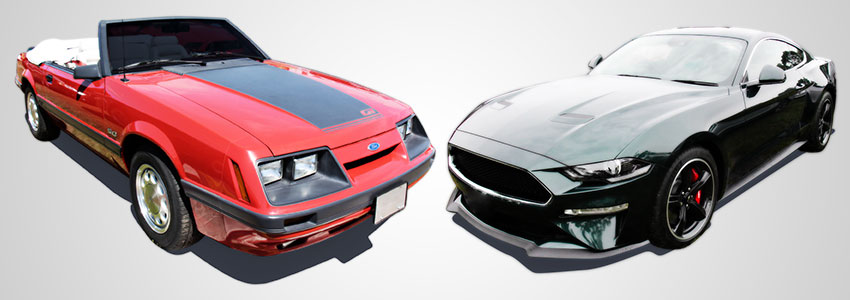

What Is A Pushrod Engine?
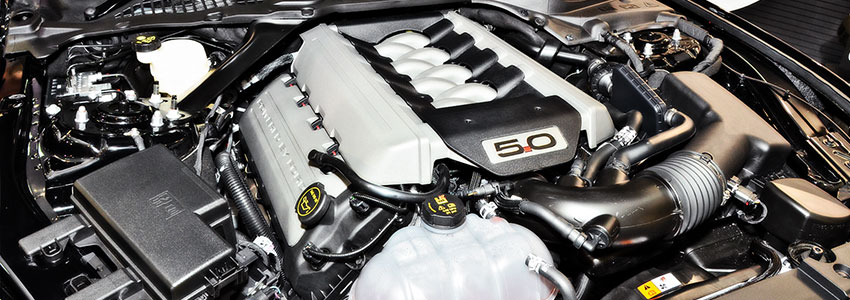
What Is An Overhead Cam Engine?
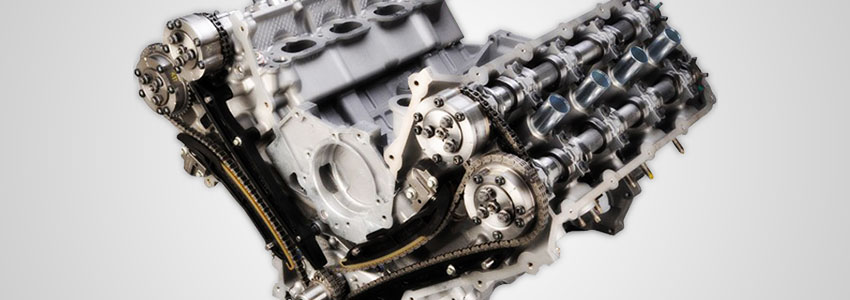
Dual Overhead Cam Engines
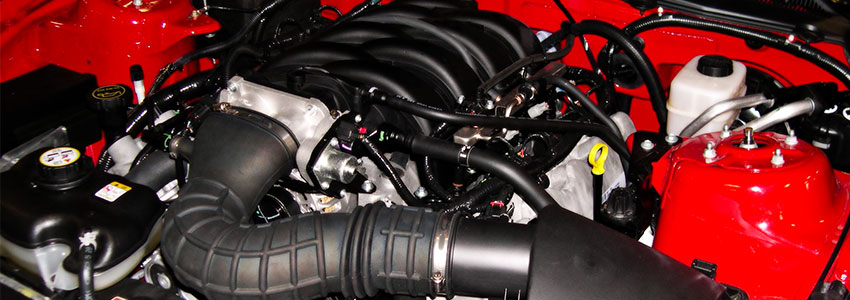
Ford's Modular V8 History
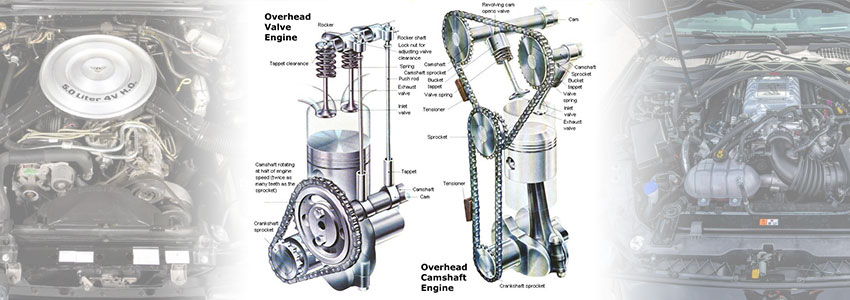
Pushrod vs Overhead Cam Mustang Engines
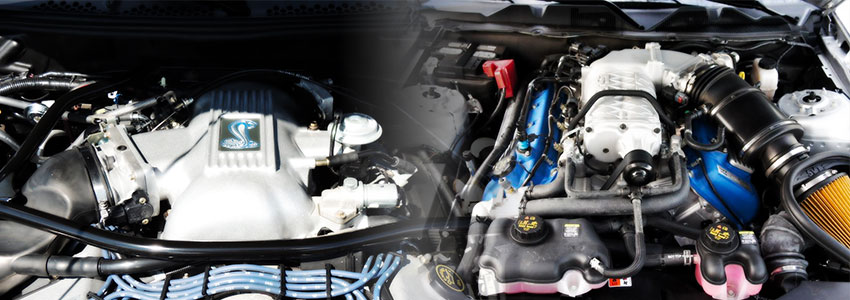
Pushrod vs Overhead Cam Mustang Highlights
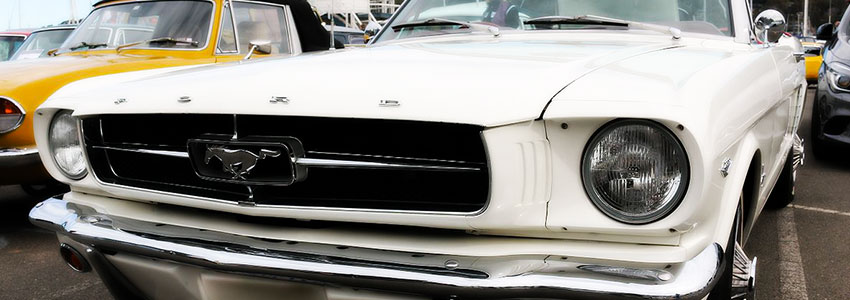
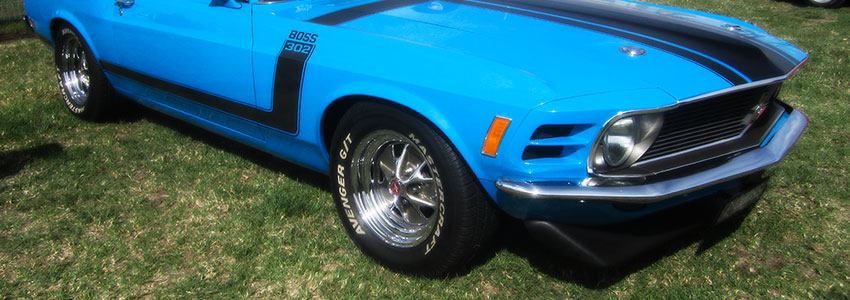
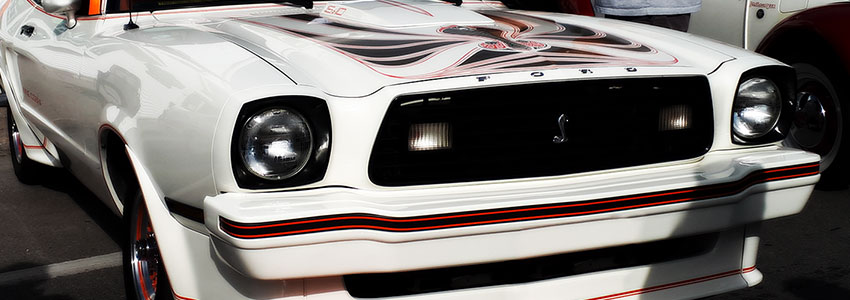
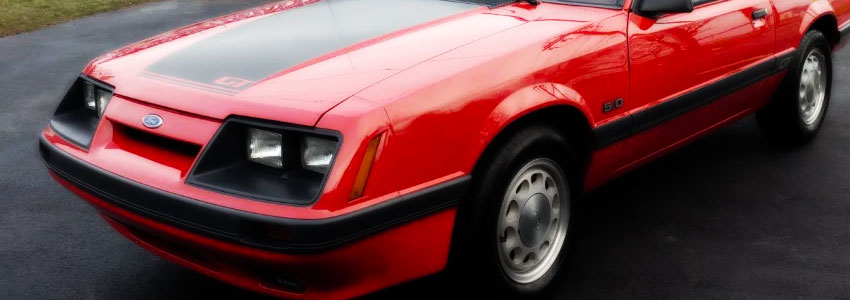
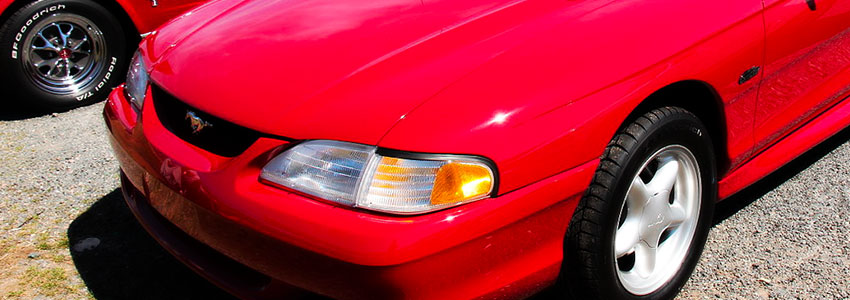

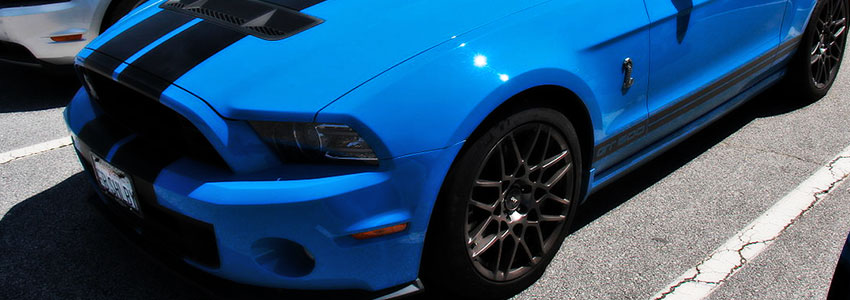
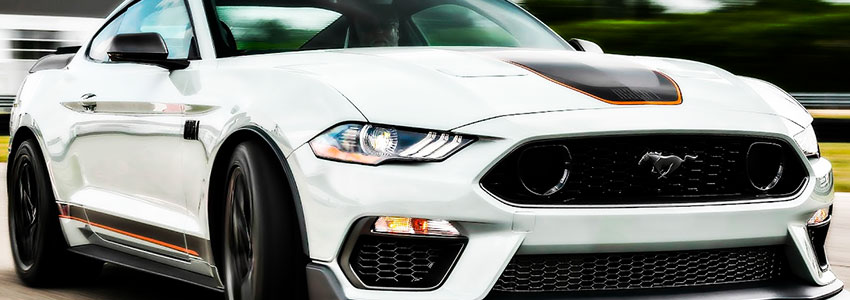
Related Articles




